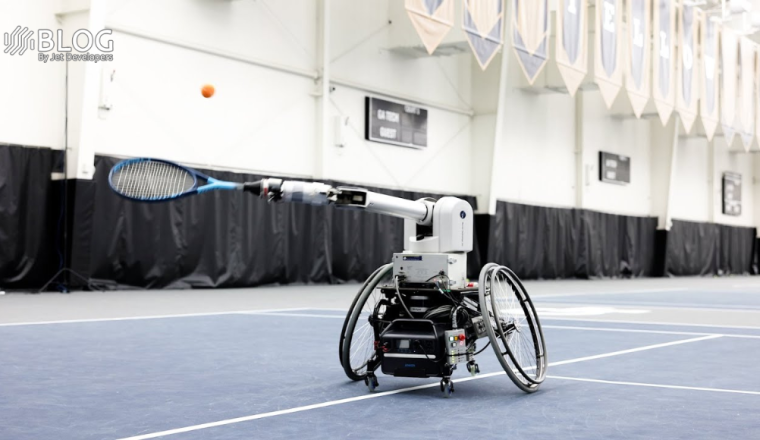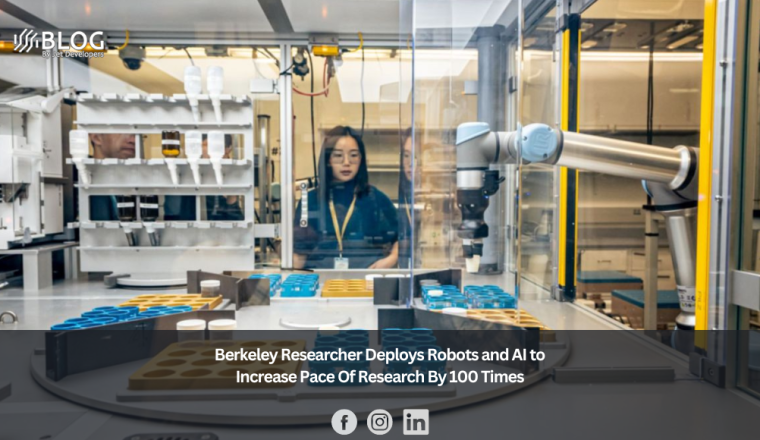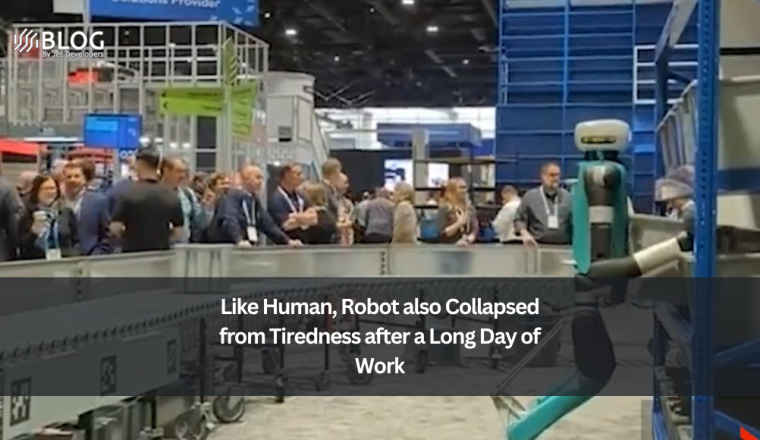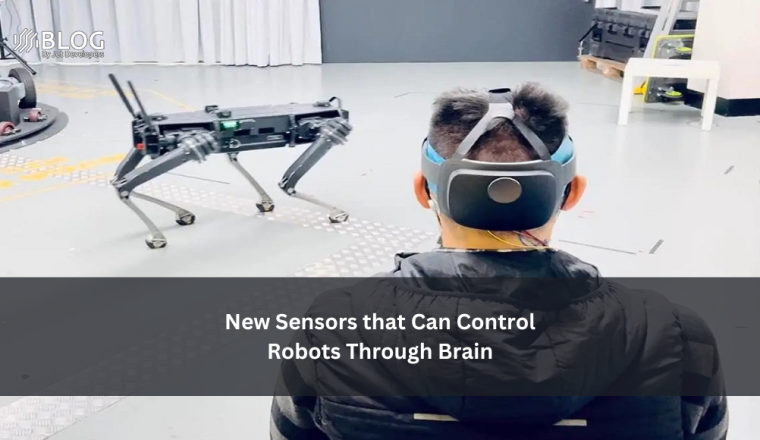Georgia Tech Unveils Tennis Robot ESTHER: Conquer Your Opponents
Dr. Matthew Gombolay, an assistant professor of Interactive Computing at Georgia Institute of Technology, has introduced ESTHER (Experimental Sport Tennis Wheelchair Robot), a groundbreaking robotic tennis partner. Unlike traditional static ball machines, ESTHER mimics human opponents, providing athletes with realistic match conditions to enhance their skills and performance.
With a deep understanding of tennis, Dr. Gombolay recognized the need for a robot that could adapt to different playing styles and exploit weaknesses in players’ games. Drawing inspiration from wheelchair tennis design, his team successfully tackled the challenge of maneuvering ESTHER on the court.
After two years of dedicated work with over 20 students, Dr. Gombolay achieved a remarkable breakthrough. ESTHER can now locate an incoming tennis ball and consistently execute return shots, although it doesn’t match the skill level of renowned wheelchair tennis player Esther Vergeer.
ESTHER relies on two DC motors and a gearbox to swiftly cover both sides of the tennis court. The main hurdle lies in pathfinding, as the robot must anticipate the ball’s trajectory and determine the optimal interception path. To address this, the team employs a network of high-resolution cameras strategically positioned around the court. Computer vision algorithms process the camera data, allowing the robot to recognize the incoming ball, predict its trajectory, and respond accordingly using triangulation from multiple camera angles.
Future applications and the potential for training revolution
Although ESTHER’s current capabilities are limited to hitting back-and-forth rallies, Dr. Gombolay and his team have ambitious plans for the robot’s future development. The next phase involves teaching ESTHER to strategize shot selection, elevate its playing abilities and enhance its value as a training tool.
By incorporating reinforcement learning methods, the robot would be capable of autonomously improving its decision-making and shot execution, becoming more aggressive and effective in winning games.
The implications of ESTHER’s technology extend far beyond tennis, according to Zulfiqar Zaidi, a lead student on the project. “While tennis is a great starting point, a system that can play tennis well can have applications in other fields that similarly require fast dynamic movements, accurate perception, and the ability to safely move around humans.”
“This technology could be useful in manufacturing, construction, or any other field that requires a robot to interact with humans while performing fast and precise movements,” he added.
The revolutionary aspect of ESTHER lies in its potential to transform athletic training and preparation. Athletes could hone their skills by playing against the robot which would mimic the styles and tactics of specific opponents.
The day may not be far when robots like ESTHER become integral partners for athletes across various sports, pushing the boundaries of performance and redefining how we train.







